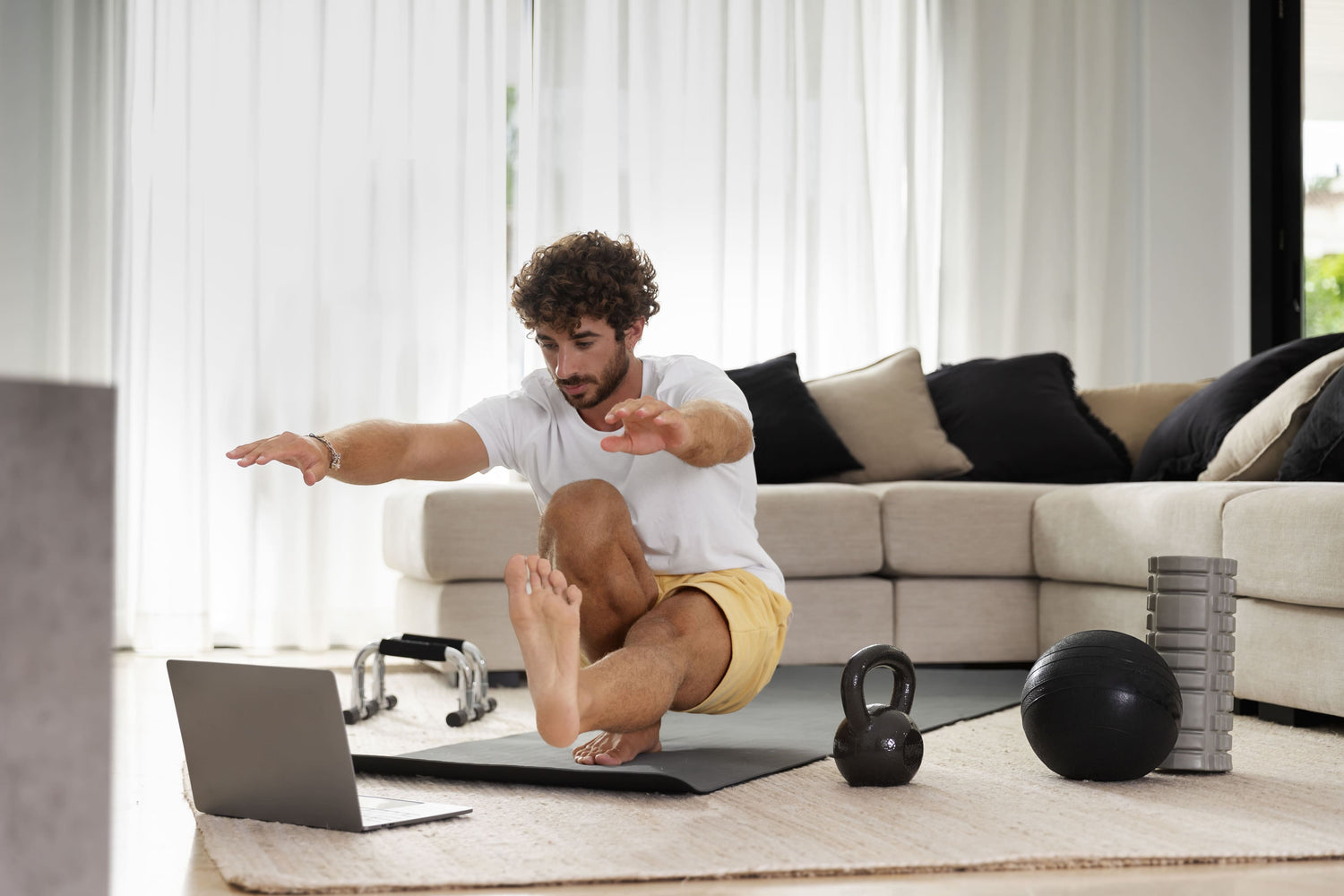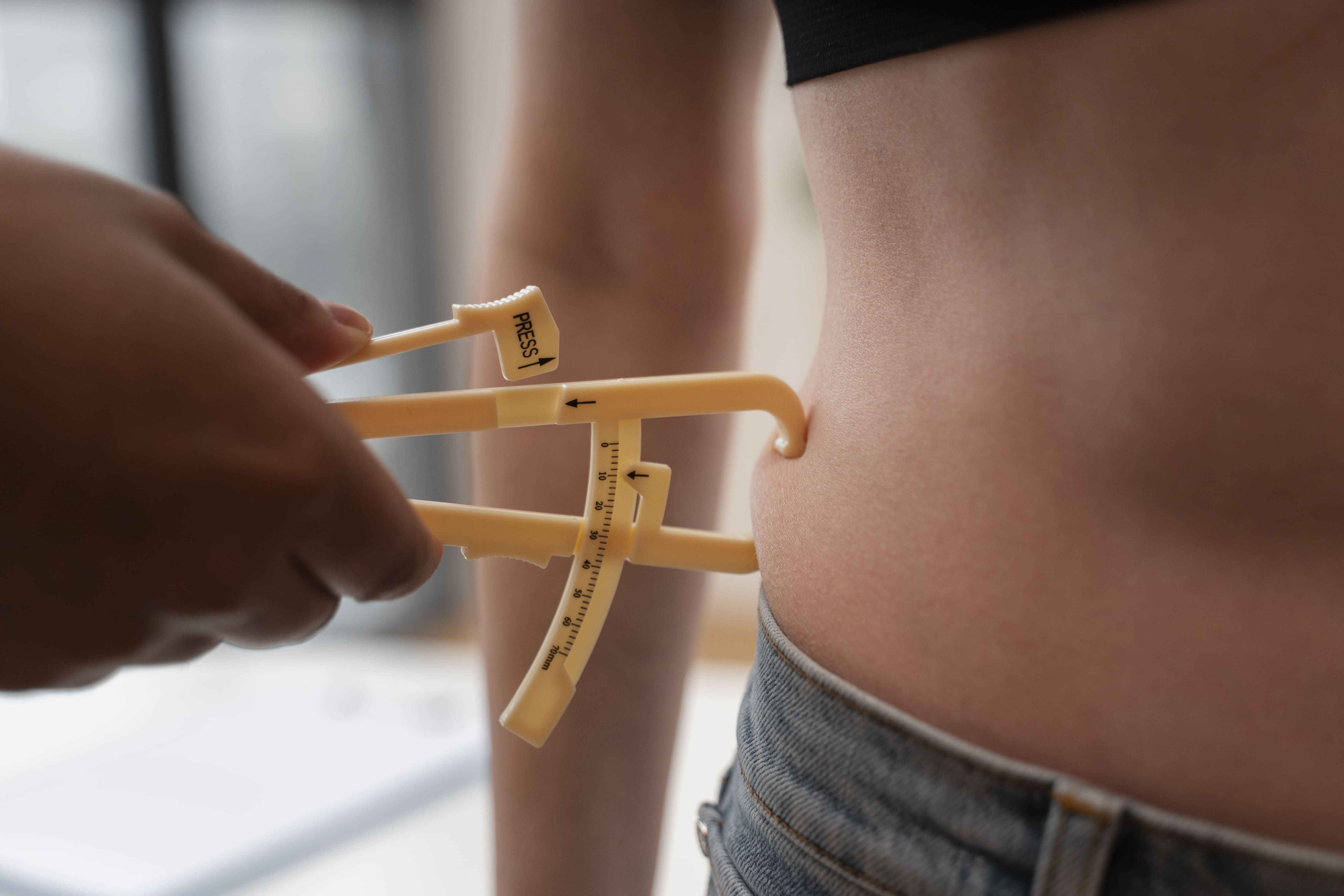Starting your fitness journey can feel overwhelming — especially with so much information online. But the good news? You don’t need to go to a gym or hire a personal trainer to get results. With the right home gym equipment and simple tips, you can start seeing real progress — right from your living room.
Whether you want to lose weight, build strength, or improve heart health, this beginner guide will help you start strong and stay motivated. Let’s dive in.
1. Set Realistic Fitness Goals
Your mindset is just as important as your workout gear. Many people quit early because they expect fast results. But fitness is a long-term investment in your health.
1.1 Know Your “Why”
Why do you want to start working out? It might be to feel more energetic, sleep better, reduce stress, or improve your mental health. Keep this reason in mind — especially on tough days. It’ll keep you focused.
1.2 Use SMART Goals
Instead of vague goals like “I want to get fit,” try this:
“I’ll use my under desk elliptical for 20 minutes every weekday for the next month.”
This goal is:
- Specific: You know what to do.
- Measurable: You can track time.
- Achievable: 20 minutes is realistic.
- Relevant: Supports your health.
- Time-bound: You set a timeframe.
1.3 Stay Consistent, Be Patient
Fitness progress doesn’t happen overnight. Your body may take 4–6 weeks to show results. But if you stick with it — even when motivation fades — you’ll build real strength and stamina. Consistency is more important than intensity.
2. Choose the Right Exercises (and Equipment)
The best workout plan is one you can stick with. If you're just getting started, home workouts with beginner-friendly equipment can give great results.
2.1 Know the Main Exercise Types
There are 3 main types of workouts:
-
Cardio (Aerobic) – Great for your heart and endurance.
Try: brisk walking, cycling on an exercise bike, or a rowing machine for a full-body cardio session. -
Strength Training – Builds muscle and boosts metabolism.
Try: squats, lunges, and resistance bands. A squat machine can help you with form and reduce joint stress. -
Flexibility and Mobility – Keeps your body moving well.
Try: yoga, stretching, or Pilates.
2.2 Start With Bodyweight Exercises
You don’t need weights to start building strength. Do squats, planks, lunges, or push-ups (on your knees if needed). For example, try:
- 3 sets of 10 bodyweight squats
- 30-second plank
- 10 modified push-ups
Form matters more than reps.
2.3 Add Light Resistance as You Progress
Once your body adjusts, add light dumbbells or resistance bands. Or upgrade to vibration machines, which can help boost circulation and muscle activation with minimal impact.
If you’re short on time or space, check out compact gear like the under desk elliptical — perfect for quick workouts during your workday.
3. Learn Proper Form from Day One
Using correct form prevents injuries and makes your workouts more effective.
3.1 Focus on Form First, Not Weight
Bad form (like rounding your back in a deadlift or letting knees cave in during squats) can lead to injuries. Always focus on smooth, controlled movements — even if that means lifting lighter.
3.2 Learn Compound Movements
These exercises target multiple muscle groups at once:
- Squats (use a squat machine for support)
- Rows (try a rowing machine)
- Deadlifts (start with no weight or resistance bands)
Use mirrors or record yourself to check form. YouTube videos from certified trainers like Athlean-X or Natacha Océane are great references.
3.3 Listen to Your Body
It’s normal to feel muscle soreness after a workout (called DOMS), but sharp or lasting pain means something’s wrong. If it hurts — stop.
4. Build a Balanced Weekly Workout Plan
A good schedule keeps you progressing without burnout. And don’t forget recovery — your muscles need it to grow.
4.1 Always Warm Up First
Warm-ups prevent injuries and improve performance. Try:
- 5 minutes of light cardio (like cycling on an exercise bike
- Dynamic stretches (arm circles, leg swings)

4.2 Sample Beginner Weekly Routine
Here’s a simple schedule using home fitness equipment:
| Day | Activity |
|---|---|
| Monday | Full Body Strength (e.g. squat machine + planks) |
| Tuesday | Light Cardio (walk or under desk elliptical) |
| Wednesday | Full Body Strength |
| Thursday | Recovery (stretch or yoga) |
| Friday | Cardio (use your treadmill or rowing machine) |
| Weekend | Optional active recovery (light walk/stretch) |
4.3 Cool Down and Stretch
After workouts, do 5–10 minutes of static stretching. Focus on the muscles you worked (legs, back, shoulders). This helps reduce soreness and improve flexibility.
5. Nutrition and Hydration: Don’t Skip These
Food and water fuel your body. They matter just as much as exercise.
5.1 Eat to Support Your Goals
A good fitness meal includes:
- Lean protein (chicken, tofu, eggs)
- Complex carbs (brown rice, oats, sweet potatoes)
- Healthy fats (avocado, olive oil, nuts)
Avoid crash diets — they’re not sustainable. Instead, focus on balanced meals.
5.2 Stay Hydrated
Even mild dehydration can reduce performance. Keep a water bottle nearby during workouts. Sip water before, during, and after training — especially when using equipment like the treadmill or vibration plate, which can make you sweat more.
6. Stay Motivated and Push Through Plateaus
Everyone hits slow periods — the key is to keep going.
6.1 Track Your Progress
Keep a workout log. Note your:
- Exercises
- Reps and sets
- How you felt
- Small wins (better sleep, more energy, better mood)
Apps like MyFitnessPal or Strong can help.
6.2 Join a Community
Workout with a friend or join online fitness groups. Sharing progress and tips helps you stay consistent. Some users even set up mini home gyms together to stay on track.
6.3 Use Progressive Overload
If workouts start feeling too easy, it’s time to level up:
- Add more resistance
- Increase reps or sets
- Decrease rest time
Example: Instead of 3 sets of 10 squats, try 4 sets of 12 with light dumbbells or your squat machine.
Conclusion: Start Strong, Stay Consistent
Fitness isn’t about being perfect. It’s about showing up — day by day. Start with small, smart steps. Use home gym equipment that fits your goals and space. Be patient with your body. And most importantly, enjoy the journey.
Your health is worth the effort — and your home gym is the perfect place to begin.













Leave a comment
This site is protected by hCaptcha and the hCaptcha Privacy Policy and Terms of Service apply.